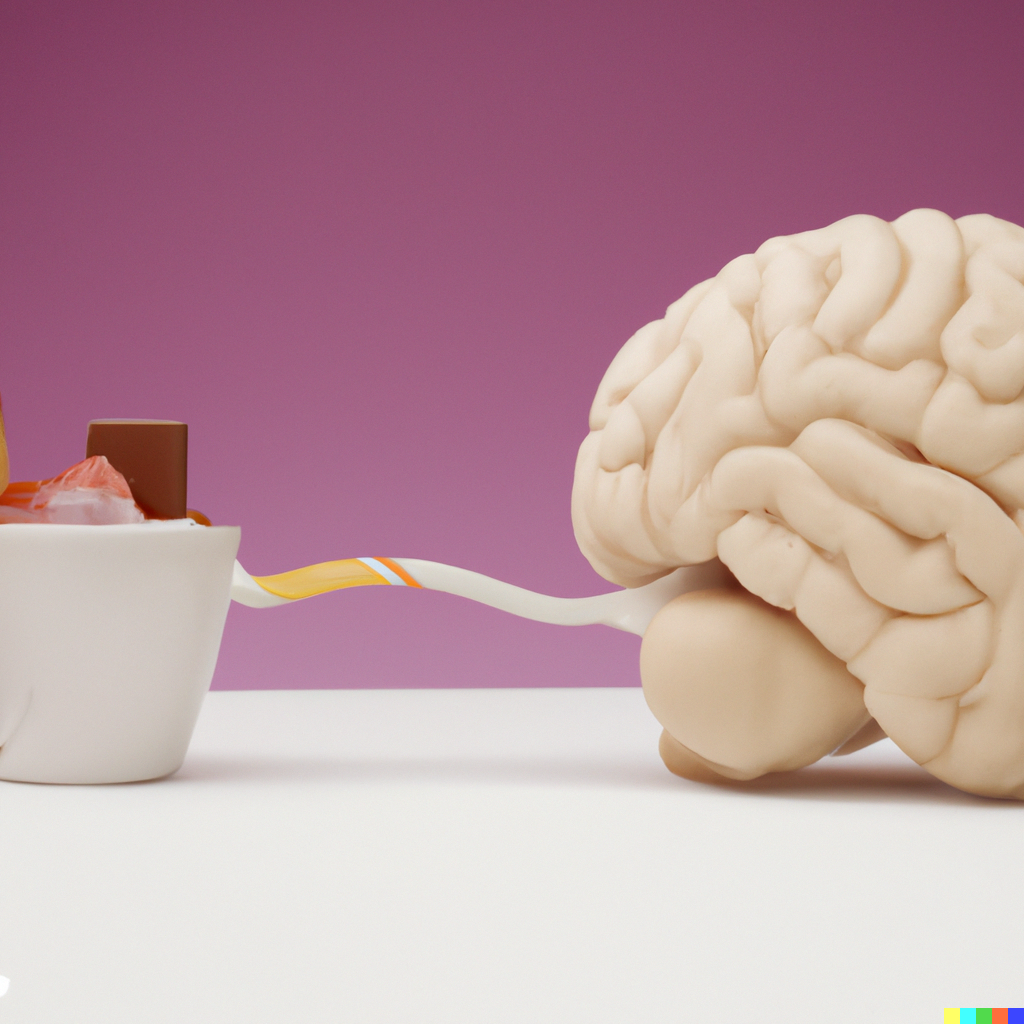In a world where takeout dishes are sugar-sprinkled, supermarket aisles are sugar-dusted, and even your humble pantry harbors sugar in disguise, it’s quite likely that you’re gobbling up more sugar than you’d ever imagine.
So let’s jump into the sugar bowl and see how deep it goes!
Dr. Robert Lustig, a retired pediatric endocrinology professor and author of the book “Fat Chance: Beating the Odds Against Sugar, Processed Food, Obesity and Disease,” reveals that an astonishing 74% of items at your local grocer’s have some added sugar in them“. This means that even if you’re not dashing towards the bakery section or indulging in chocolate bars, you’re still on an unexpected sugar rush.
Now, don’t get me wrong. Not all sugar is the evil villain in the Dietary comic book. Natural sugar, the superhero found in things like fruit and dairy, brings along its sidekick, fiber. These aid in slow digestion and ward off those nasty blood sugar crashes. Plus, fruit and dairy contain other essential vitamins and minerals.
But then, there’s the dastardly added sugar! This one provides zilch nutritional value and leads to sudden surges in blood sugar and added calories… Thus, setting you on a quick route to weight gain. Lustig points out that the big bad wolves of added sugar aren’t just cakes and cookies.
Brace yourself, there’s sugar lurking in your yogurt, salad dressing, hamburger buns, even your meat – places you’d never think were sugar hotspots.
The American Heart Association chimes in with a recommendation of capping added sugar intake to no more than 9 teaspoons for men and 6 teaspoons for women. Imagine, that’s the amount of sugar lurking in a can of soda or a handful of jelly beans. However, the average American, is tipping the scale with a whopping intake of 77 grams of added sugar per day.
Our brains are wired to love the sweet stuff. When you indulge, it sends off fireworks in your brain’s reward center, triggering a rush of dopamine, the body’s feel-good chemicals. As Lustig explains, this is your brain saying, “Oh, sugar! You feel so good! More, please.” However, over time, your brain might start to build a tolerance, just like it does with alcohol, and you’ll need more sugar to get the same level of pleasure, setting you up in a relentless cycle of sugary cravings.

To begin sugar policing, keep an eye on your meals using an app like MyFitnessPal that’s great at detective work, automatically computing your sugar intake. Also, look out for these signs which scream ‘Sugar Overload’!
Here are 5 signs that you’re eating too much sugar:
1. You’re often feeling cloudy, unable to focus, and experiencing what is typically called ‘brain fog.’
Consuming lots of sugar can make us feel lethargic and less attentive, but sometimes, we don’t even realize we’re in a fog until we cut back on added sugar consumption. The difference in energy levels can be really noticeable if you go from eating a high-sugar, heavily processed diet to a lower-sugar, whole-food, plant-focused diet.
2. You have been experiencing unexplained mood swings, or even symptoms of depression.
If you notice that you’ve feeling more blue than usual, even while spending time with loved ones or doing activities that normally bring you joy, this could be a sign that your high sugar intake is dysregulating your hormones, and as a result, your mood.
3. Your skin lost its youthful, radiant glow.
High-sugar diets have been linked to skin conditions like acne and premature wrinkling.
4. You find yourself reaching for sugary snacks to power through work deadlines.
When sugar hits your bloodstream, you feel an energy surge. However, since added sugar doesn’t come packed with satiating nutrients like fiber and protein, you’re bound to experience an energy crash soon after.
5. You’ve noticed strong sugar cravings close to bedtime, or when you’re tired.
Sleep is important for overall wellness. Diets rich in refined sugar have been linked to poor-quality sleep, so your unsatisfying slumber may be a sign of high sugar consumption.
Now, to tame the sugar beast, you need to become a sugar detective. Keep an eye on food labels and spot the hidden sugars. Start by hydrating with water instead of sugar-laden drinks, cook more at home, and create a sleep-friendly routine to ward off sugar cravings caused by fatigue. And remember, even small changes can have a big impact on your sugar intake.
Happy Sugar Sleuthing!



